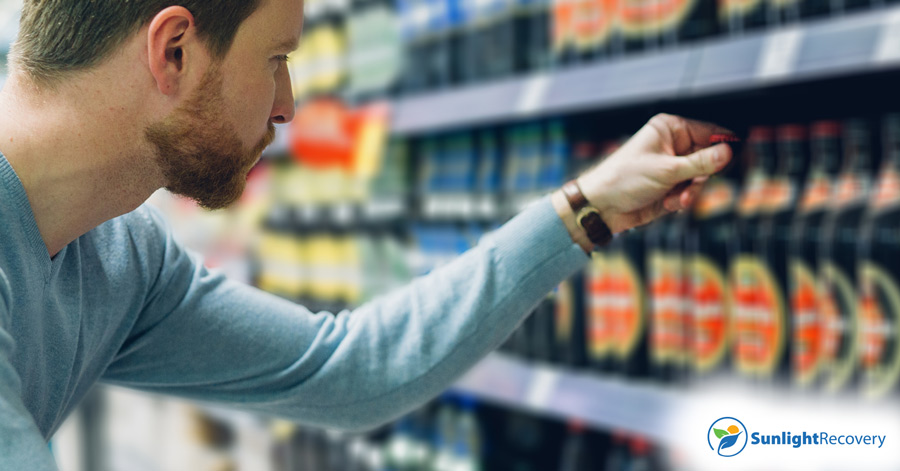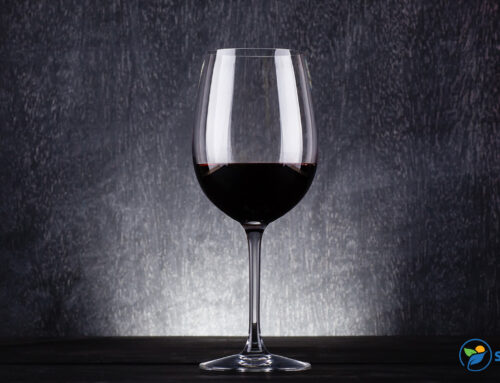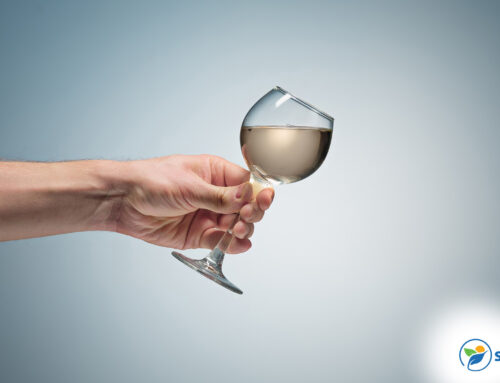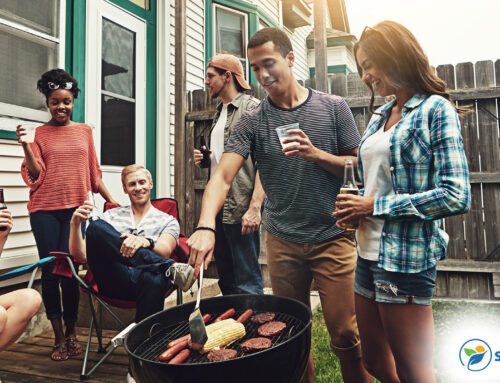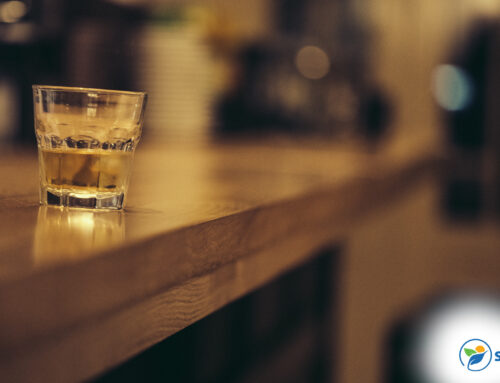Drinking beer goes back to the Stone Age, and more than 22% of American adults say beer is their drink of choice today. This comes with certain drawbacks, many of which are well known, but alternatives to alcoholic beverages exist as a niche market all their own.
Zero-alcohol beer is made in a way very similar to regular beer and has much of the same taste and ingredients list, but the alcohol has been removed during production to limit the harm intoxicating beverages can cause. But is nonalcoholic beer good for you? And are you giving up something when you make the switch from alcoholic beer?
How Is Zero-Alcohol Beer Different From Regular Beer?
In most ways, nonalcoholic beer is made from the same ingredients as regular beer. It’s brewed from very similar ingredients, with an extra step where most of the alcohol has been denatured, or extracted from the beverage. Sometimes a different type of yeast is used to ferment the liquid in the vat, but the chemical processes remain the same.
In the United States, regular beer contains anywhere from 1.5% alcohol by volume (ABV) to 15% ABV. Nonalcoholic beer doesn’t necessarily have zero alcohol in it, but it can get close. The usual standard for nonalcoholic beer is less than 0.5% ABV, which in some cases can get as low as 0.001% ABV. At concentrations of one part per thousand, the drink isn’t capable of producing the intoxicating effects of regular beer.
What Is the Appeal of Zero-Alcohol Beer?
The biggest difference between regular and nonalcoholic beer is in the ABV content. Because nonalcoholic beer can’t get people drunk, it’s legal to sell to people who might not otherwise be able to buy beer, such as minors, people under probation conditions, people who are already visibly drunk and so on.
It’s also a sobriety-friendly choice for people who choose not to drink, like a designated driver or a person with substance abuse disorder who still wants to participate in an evening out with friends. Additionally, it can be safely consumed by women who are pregnant or breastfeeding, since there isn’t any significant amount of alcohol to be passed along to the baby.
Nutritional Content and (Potential) Health Benefits
Nonalcoholic beer has less alcohol and a lower sugar content than regular beer, so it can be a bit lighter than the beer people are used to drinking. This can make the drink feel less filling or less robust, even though many nonalcoholic brews use a heartier lager yeast instead of top-fermenting yeast, which is more common in traditional brewing.
Because of its lighter profile, the average nonalcoholic beer has a lower calorie profile than traditional beer, at around 125 calories for 12-ounce nonalcoholic brews versus an average of 150 calories for regular beer. You can think of drinking 12 ounces of regular beer as being similar to eating two chocolate chip cookies, and drinking the same amount of nonalcoholic beer as the equivalent of 1.75 cookies without the buzz.
So, are nonalcoholic beers healthy? It’s a misleading question in the same way that asking whether eating cookies before dinner is a positive diet choice. It’s an option that isn’t nutritionally disastrous, but drinking more than a minimal amount of either type of beer has the potential to add a lot of calories pretty quickly.
Potential Drawbacks of Zero-Alcohol Beer
Alcohol abuse is more than the routine consumption of alcoholic beverages. It’s a substance abuse disorder with a raft of associated behavioral and mental health issues attached to it. If a person is living with untreated alcoholism, simply switching to a less alcoholic version of their beer isn’t the same as treating the disorder.
On the contrary, a person with alcohol abuse patterns might be misled into thinking their condition isn’t serious, since they’ve been able to temporarily switch to a nonalcoholic version of their beer in the past. The false confidence this encourages may actively get in the way of successfully treating addiction.
Making an Informed Choice About Alcohol and Substitutes
Worse than the emotional and psychological effects of nonalcoholic beer on untreated alcoholism, there’s a possibility your sobriety could be interrupted by using zero-alcohol beer. While a nonalcoholic drink is not, in itself, a break in sobriety, seeking out reminders of alcoholic beverages can be a sign that a person’s sober living is in danger and they’re at risk of relapse.
It’s also very common for nonalcoholic beers to be consumed at public festivities, in environments where regular alcohol is on tap, which is very challenging for some people in recovery. Nonalcoholic beverages are also sometimes used as mixers with harder liquors, which may be a real temptation to a person in recovery.
If you’re recovering from alcohol addiction, especially if you feel your sobriety is at risk, talk with your sponsor about whether they think it’s a good idea to drink a nonalcoholic version of an alcoholic beverage and carefully consider their feedback.
How Does Zero-Alcohol Beer Stack Up Against Traditional Beer?
So, is drinking nonalcoholic beer healthy? Not especially, though very few people drink anything socially for the vitamins. A typical nonalcoholic beer will be somewhat lower in calories than traditional beer, and that difference is likely to show up in the taste and mouth feel of the lighter beverage.
There are no intoxicating effects from nonalcoholic drink options, but vulnerable people might use it as a gateway to a relapse. You’re no more likely to get into a car crash after zero-alcohol brews than after a Cherry Coke, but you may not enjoy explaining the odor on your breath to a police officer. Whatever your decision about nonalcoholic beer, remember to drink carefully and in moderation, and seek help if you ever feel you need it.
When to Ask for Help
Nonalcoholic beer is a lighter and generally less dangerous choice than traditional intoxicants, but it isn’t perfect. If you ever feel like you need someone to talk with about your drinking, the recovery experts at Sunlight Recovery are here to help. Contact us today for a confidential consultation.


